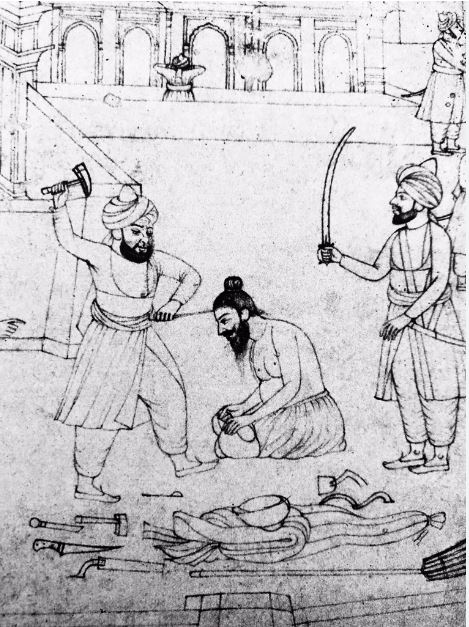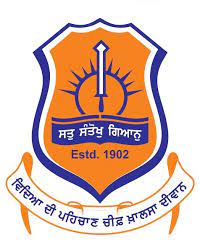DAL SINGH, BHAI (1885-1921), one of the Nankana Sahib martyrs, was born on 8 Assu 1942 Bk / 23 September 1885, the son of Bhai Musadda Singh and Mat Gulabi, a Kamboj couple of Nizampur village in Amritsar district. The family later migrated to Chakk No. 38 Nizampur Deva Singhvala in the newly developed canal district of Sheikhupura, now in Pakistan. Dal Singh remained illiterate, but had committed to memory several of the religious and historical compositions.
GOBIND SINGH, GURU (1666-1708), the tenth and the last Guru or Prophet teacher of the Sikh faith, was born Gobind Rai on Poh sudi 7, 1723 Bk/22 December 1666 at Patna, in Bihar. His father, Guru Tegh Bahadur, the Ninth Guru, was then travelling across Bengal and Assam. Returning to Patna in 1670, he directed his family to return to the Punjab. On the site of the house at Patna in which Gobind Rai was born and where he spent his early childhood now stands a sacred shrine, Takht Sri Harimandar Sahib, one of the five most honoured scats of religious authority (takht, lit. throne) for the Sikhs.
NIRANJAN SINGH, PROFESSOR (1892-1979), educationist and writer, was born in 1892, the youngest of the five sons of Bhai Gopi Chand and Mai Mulan Devi, a Sahijdhari Sikh couple of the village of Harial in Gu|jarkhan tahsil, Rawalpindi district (now in Pakistan). His father died in 1901 and his brothers, Ganga Singh and the one who became famous as Master Tara Singh, took charge of him and supported him through school. After his primary classes in the village school, Niranjan Singh came to Amritsar where he matriculated at the Khalsa Collegiate School and passed his M.Sc. (chemistry) from the Khalsa College in 1916.









